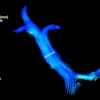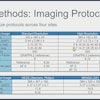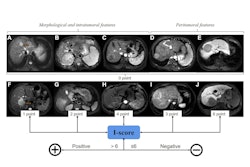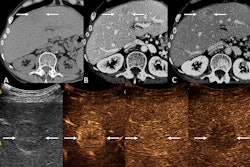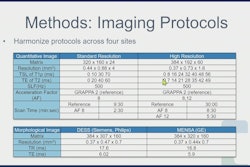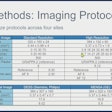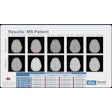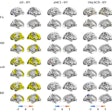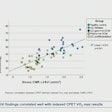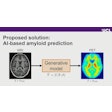MR elastography at 0.55-tesla (0.55T) is feasible and can produce high-quality diagnostic images, according to research presented May 14 at the International Society for Magnetic Resonance in Medicine (ISMRM) 2025 meeting in Honolulu, HI.
A team led by Michael Ohliger, MD, PhD, from the University of California, San Francisco found good agreement between spin echo and gradient echo approaches with MR elastography at 0.55T in patients with chronic liver disease (CLD), with high-quality images obtained from all patients in its pilot study.
“To our knowledge, this is the first demonstration of MR [elastography] at 0.55T in patients with CLD,” Ohliger said.
MR elastography has emerged as a valuable, noninvasive tool to monitor liver fibrosis in CLD patients and avoid biopsy in many instances. Ohliger, however, said that mid- and low-field systems with larger bore sizes could help lower costs and improve accessibility for patients.
The researchers investigated the feasibility of MR elastography at 0.55T using both spin echo and gradient echo approaches. The study included 30 patients with known or suspected CLD, who underwent elastography with both approaches. The researchers compared the stiffness and measured the region of interest size between spin and gradient echo.
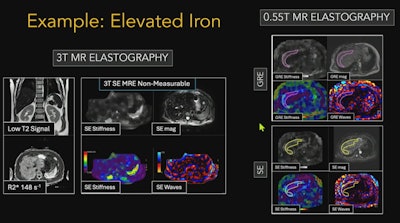 A study presented at ISMRM 2025 found that MR elastography at 0.55-tesla can produce high-quality images comparable to that of the modality's 3-tesla counterpart.ISMRM
A study presented at ISMRM 2025 found that MR elastography at 0.55-tesla can produce high-quality images comparable to that of the modality's 3-tesla counterpart.ISMRM
Both echo approaches showed comparable stiffness, including 2.6 kPa for spin echo and 2.7 kPa for gradient echo. Gradient echo sequences also showed stiffness on average 0.23 kPa greater than echo planar imaging (EPI, p < 0.005).
Also, the average region of interest acquired over four slices was 239 cm2 for EPI acquisition and 155 cm2 for gradient echo acquisition. And on average, gradient echo-derived regions of interest were smaller than spin echo-derived regions by 84 cm2 (p < 0.0001).
“It’s interesting because we tend to focus on spin echo for higher field strength, but actually the spin echo MR [elastography] actually gave more consistent results for us,” Ohliger said.
He added that EPI-based approaches worked well because of decreased T2-weighted distortion.
Ohliger suggested that extending MR elastography to mid-field scanners with large bore size will increase the modality’s accessibility to patients.
“The complaint is that MRI and MR elastography are too expensive, but we can really bring this into a more accessible system and bring it to a larger number of patients who need it,” he said.
Check out AuntMinnie's full coverage of ISMRM 2025 here.

